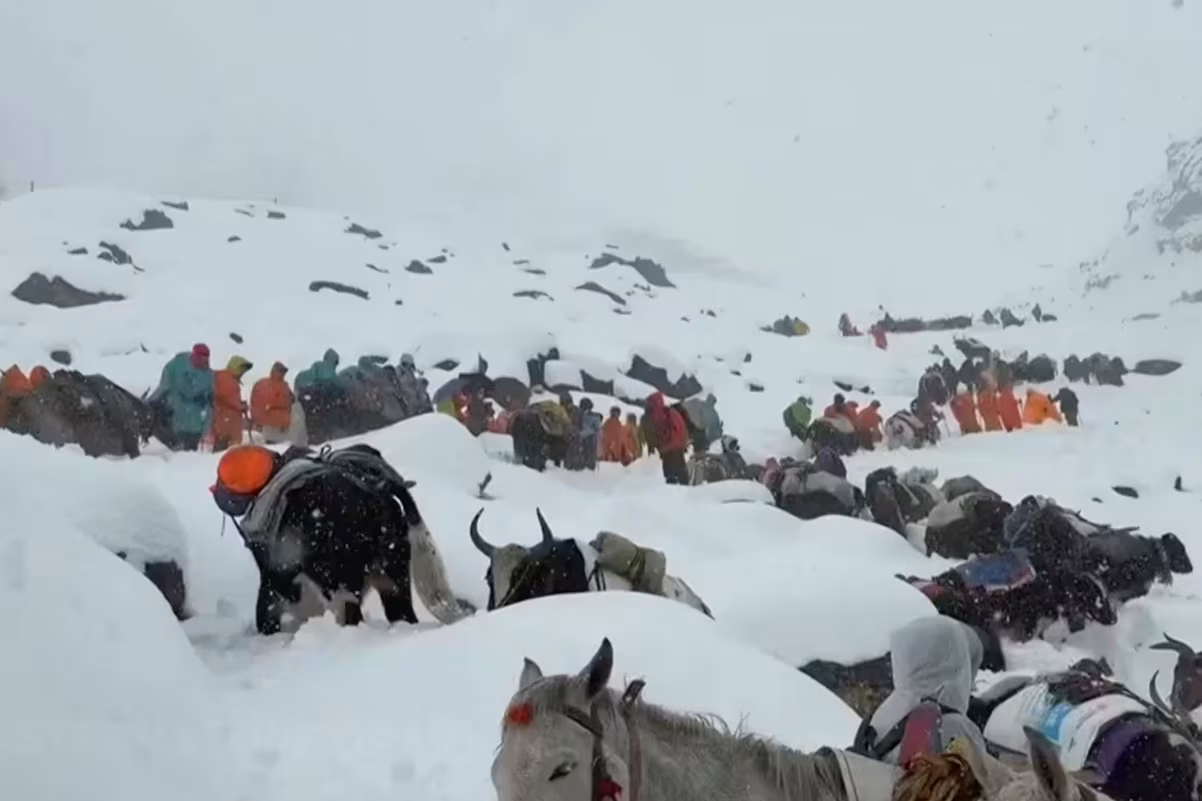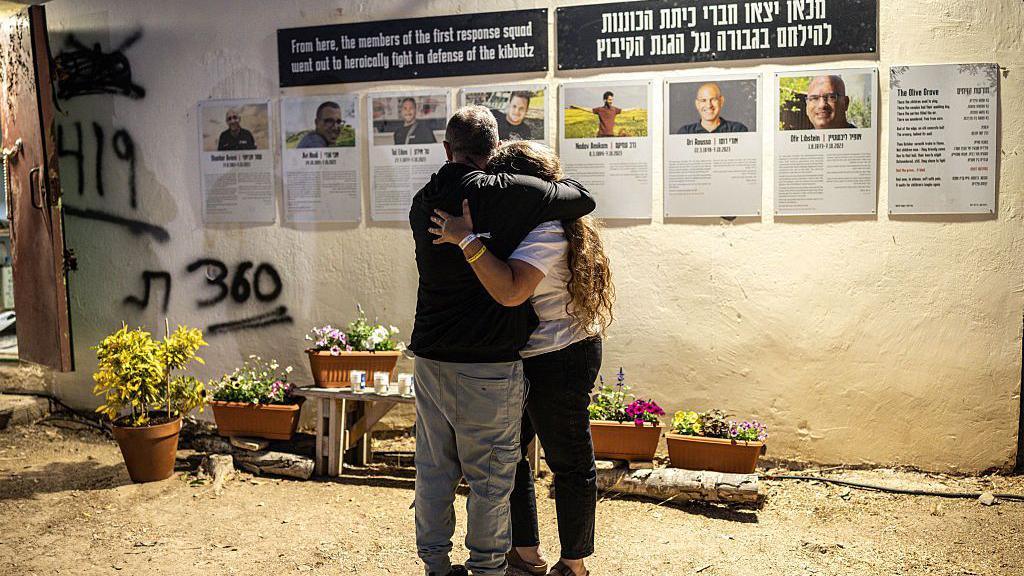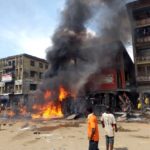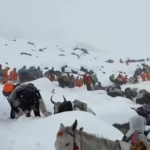Now Reading: Everest Miracle: Trekker Digs Her Way Out of Deadly Blizzard Using Cooking Pots
-
01
Everest Miracle: Trekker Digs Her Way Out of Deadly Blizzard Using Cooking Pots
Everest Miracle: Trekker Digs Her Way Out of Deadly Blizzard Using Cooking Pots

A Chinese trekker has recounted her harrowing escape from a rare October blizzard on Mount Everest’s Tibetan slopes — using nothing but cooking pots to dig herself and teammates out of snow-covered tents.
Thirty-year-old Feng Holiday had set out on a scenic expedition through Tibet’s Gama Valley with friends on October 1, when a violent snowstorm struck three days into their journey, trapping hundreds of hikers at altitudes above 16,000 feet (5,000 metres).
“The snow was getting heavier, and my sleeping bag wasn’t cutting it. Condensation made it damp,” Feng told local media. “By midnight, I realized my teammates were buried too. We had to dig together — but with no tools, we just used our cooking pots.”
According to China’s Xinhua News Agency, around 580 trekkers and more than 300 guides and porters were rescued and safely evacuated to the township of Qudang after tents collapsed and trails vanished under more than three feet of snow.
Rescue efforts continued through the weekend, with villagers using oxen and horses to reach trapped hikers. Videos circulating on Chinese social media platform Xiaohongshu showed trekkers shovelling snow in whiteout conditions, their tents buried beneath thick layers of ice.
“The weather this year is not normal,” said Chen Geshuang, another survivor. “Our guide said he had never seen such a storm in October. It came all too suddenly.”
October typically marks the peak trekking season on Everest, with clear post-monsoon skies drawing climbers from around the world. But this year, the storm — bringing almost triple the average weekly snowfall — coincided with China’s Golden Week holiday, when thousands of domestic tourists flock to Tibet’s highlands.
Feng and her friends eventually abandoned their tents and heavy gear, hiking down to safety at dusk on Sunday, where rescuers and local officials awaited them. “It was terrifying,” she said. “We were just grateful to be alive.”
The extreme conditions came after a week of severe weather across the Himalayan region, where floods and landslides in Nepal and northeast India claimed more than 70 lives, according to Reuters.
Experts say the freak blizzard underscores growing instability in Himalayan weather patterns linked to climate change, which is making storms in the world’s highest mountains increasingly unpredictable — and deadly.




















